Osteoarthritis of the temporomandibular joint
Citation, DOI, disclosures and article data
At the time the article was created Frank Gaillard had no recorded disclosures.
View Frank Gaillard's current disclosuresAt the time the article was last revised Joshua Kogan had no financial relationships to ineligible companies to disclose.
View Joshua Kogan's current disclosures- Osteoarthritis of the TMJ
- TMJ OA
- OA TMJ
- Osteoarthrosis of the TMJ
- TMJ degenerative joint disease
- TMJ osteoarthritis
- Temporomandibular joint osteoarthritis
- Temporomandibular joint osteoarthrosis
- TMJ osteoarthrosis
Osteoarthritis of the temporomandibular joint (TMJ) is the end point of long-standing TMJ dysfunction. It is a common finding incidentally on a base of skull imaging, and it should be remembered that TMJ pain does not correlate well with osteoarthritic changes. Indeed pain from TMJ dysfunction is often self-limiting.
Radiographic features
Changes are usually more evident on the condylar side of the joint:
flattening: common (in one series 27%)
osteophytes: common (27%)
erosions: 13%
sclerosis: less common (9%)
subchondral cysts
Treatment and prognosis
Symptomatic treatment usually involves the intra-articular injection of hyaluronic acid, corticosteroids, diclofenac, or glucosamine 4. Injection can be preceded by arthrocentesis (joint lavage). Definitive treatment consists of prosthetic replacement of the joint articular surface 5.
References
- 1. Tomas X, Pomes J, Berenguer J et-al. MR imaging of temporomandibular joint dysfunction: a pictorial review. Radiographics. 2006;26 (3): 765-81. doi:10.1148/rg.263055091 - Pubmed citation
- 2. Sommer OJ, Aigner F, Rudisch A et-al. Cross-sectional and functional imaging of the temporomandibular joint: radiology, pathology, and basic biomechanics of the jaw. Radiographics. 2003;23 (6): e14. Radiographics (full text) - doi:10.1148/rg.e14 - Pubmed citation
- 3. Massilla Mani F, Sivasubramanian SS. A study of temporomandibular joint osteoarthritis using computed tomographic imaging. Biomedical journal. 39 (3): 201-6. doi:10.1016/j.bj.2016.06.003 - Pubmed
- 4. de Souza RF, Lovato da Silva CH, Nasser M, Fedorowicz Z, Al-Muharraqi MA. Interventions for the management of temporomandibular joint osteoarthritis. The Cochrane database of systematic reviews. doi:10.1002/14651858.CD007261.pub2 - Pubmed
- 5. Kent JN, Misiek DJ, Akin RK, Hinds EC, Homsy CA. Temporomandibular joint condylar prosthesis: a ten-year report. Journal of oral and maxillofacial surgery : official journal of the American Association of Oral and Maxillofacial Surgeons. 41 (4): 245-54. Pubmed
Incoming Links
- Temporomandibular joint with anterior disc dislocation and recapture
- Left temporomandibular joint osteoarthritis (SPECT-CT)
- Anterior temporomandibular joint disk displacement with recapture
- Paget's disease - skull
- Irreducible anterior dislocation - TMJ disc
- Irreducible anterior temporomandibular disc dislocation - bilateral
- Temporomandibular joint osteoarthritis
- Temporomandibular joint osteoarthritis
- Temporomandibular joint osteoarthritis and dislocated disc
Related articles: Arthritides
- autoimmune
- degenerative
-
osteoarthritis (mnemonic)
- post-traumatic osteoarthritis
- erosive osteoarthritis
- grading
- Kellgren and Lawrence system
- osteoarthritis of the hip - grading
- osteoarthritis of the knee - grading
- rapidly destructive osteoarthritis of the hip
- osteoarthritis of the hand
- osteoarthritis of the knee
- scaphotrapeziotrapezoidal (STT) arthritis
- osteoarthritis of the vertebral column
- osteoarthritis of the TMJ
- primary cystic arthrosis of the hip
- secondary synovial osteochondromatosis
-
osteoarthritis (mnemonic)
- depositional
- infectious
- miscellaneous disorders
- related articles


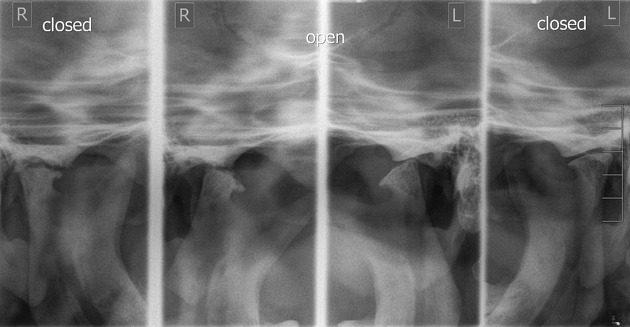
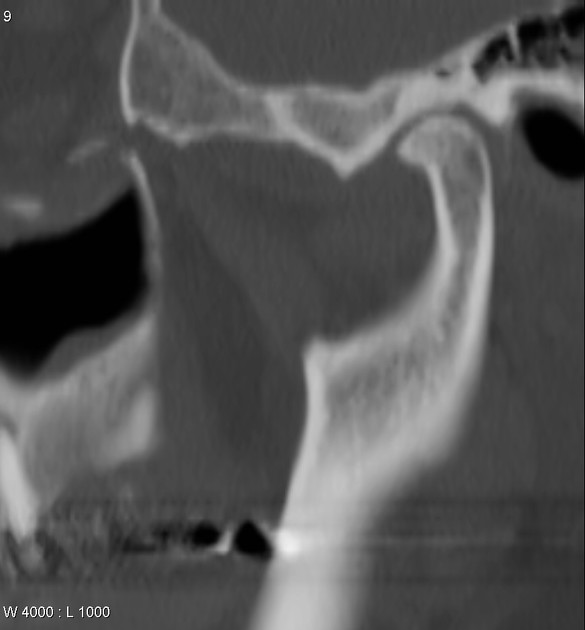
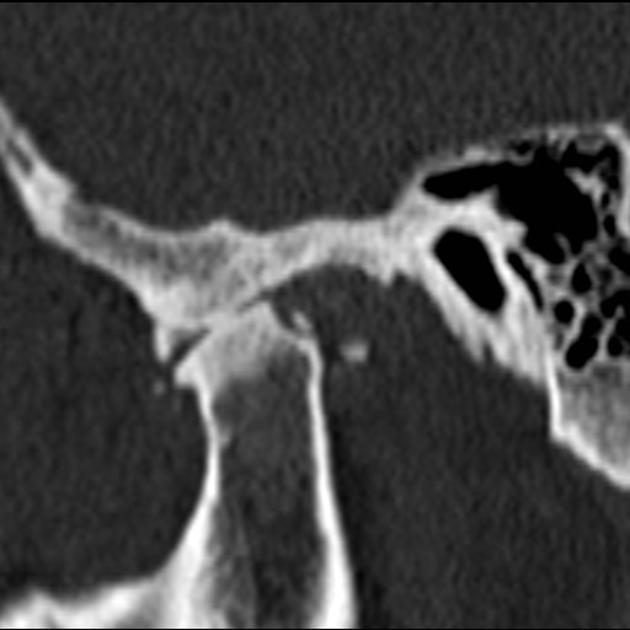
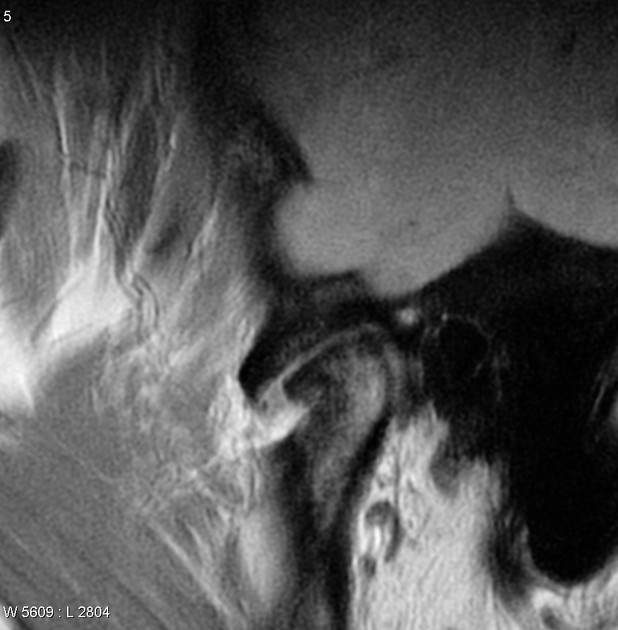
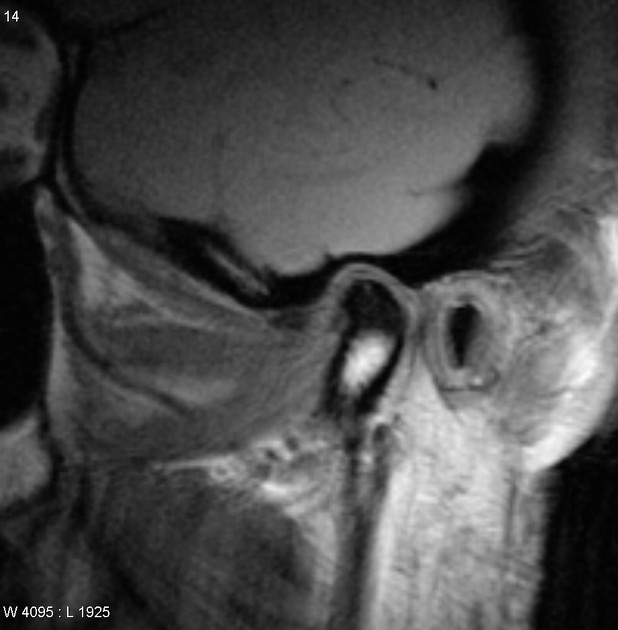
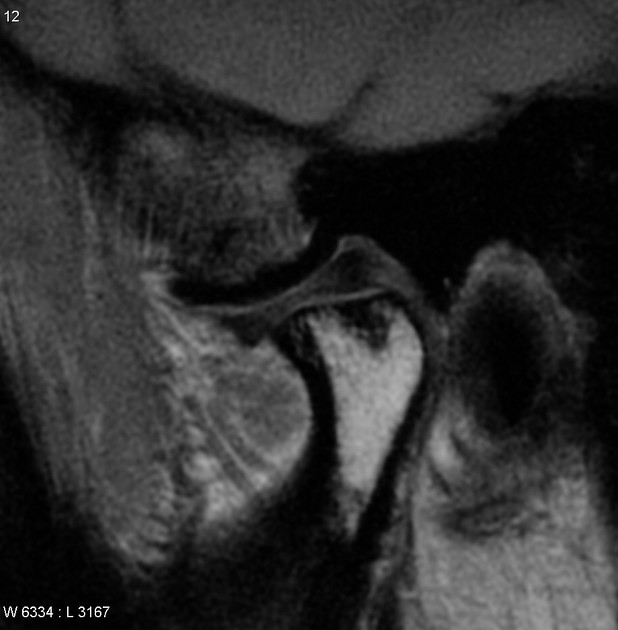
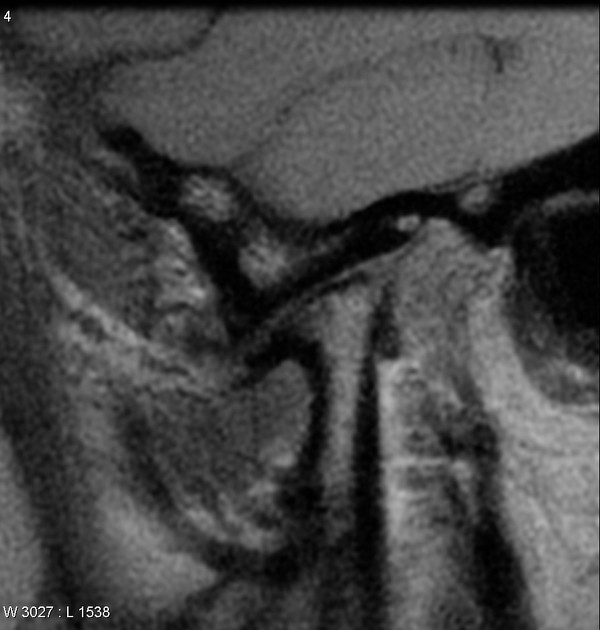
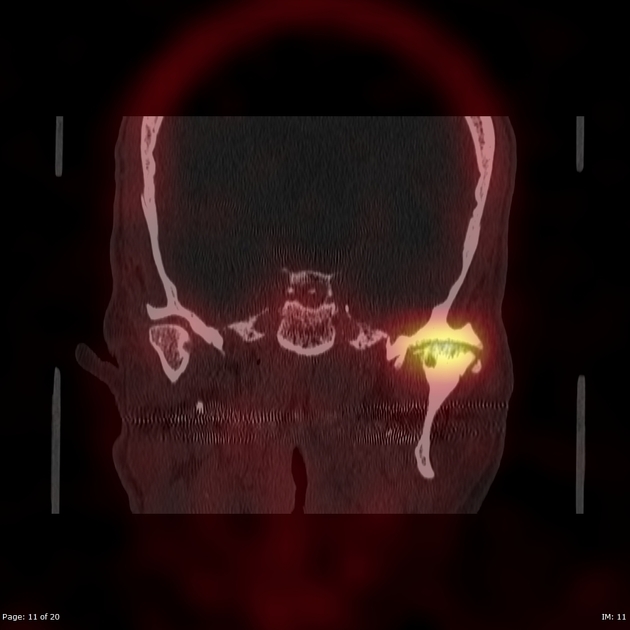


 Unable to process the form. Check for errors and try again.
Unable to process the form. Check for errors and try again.